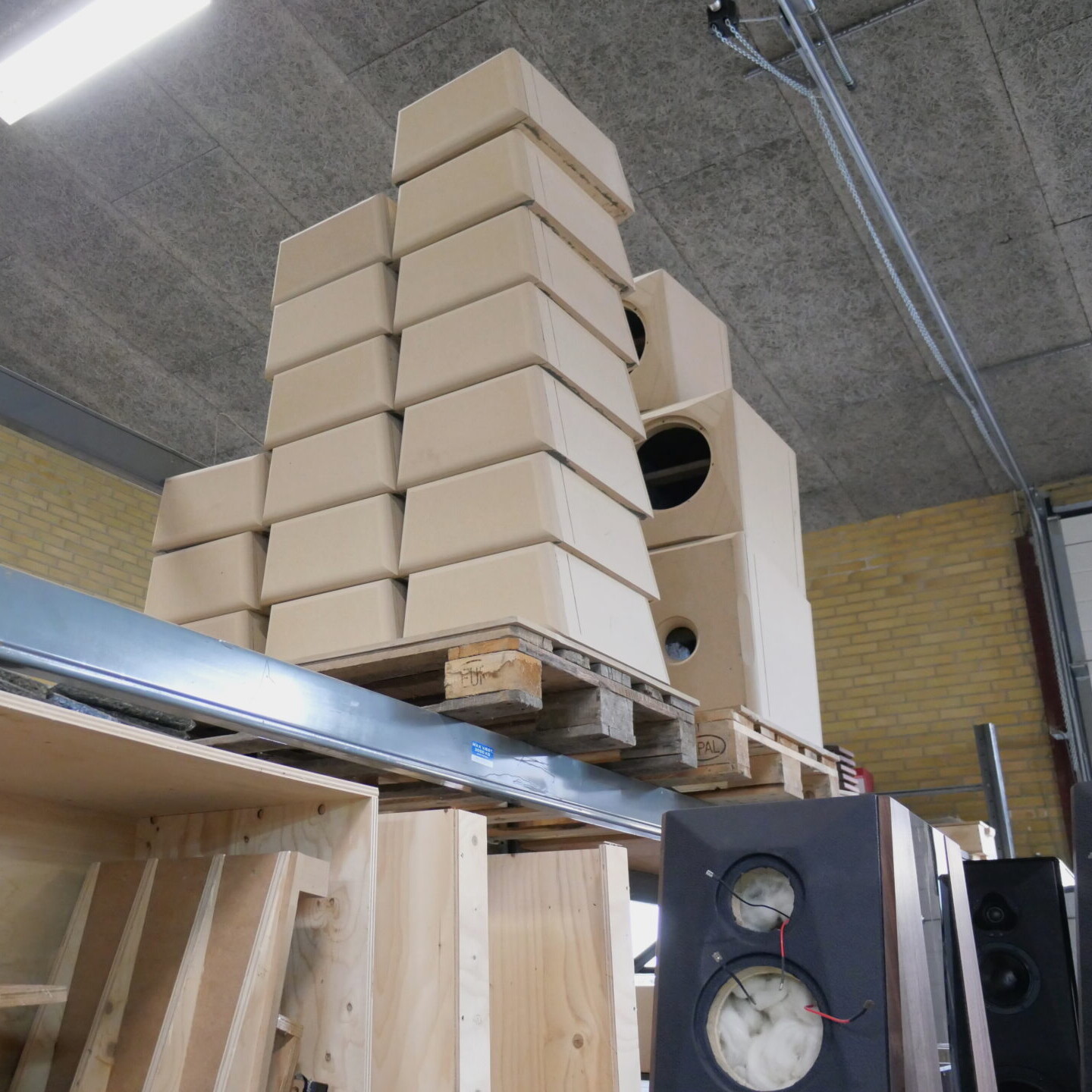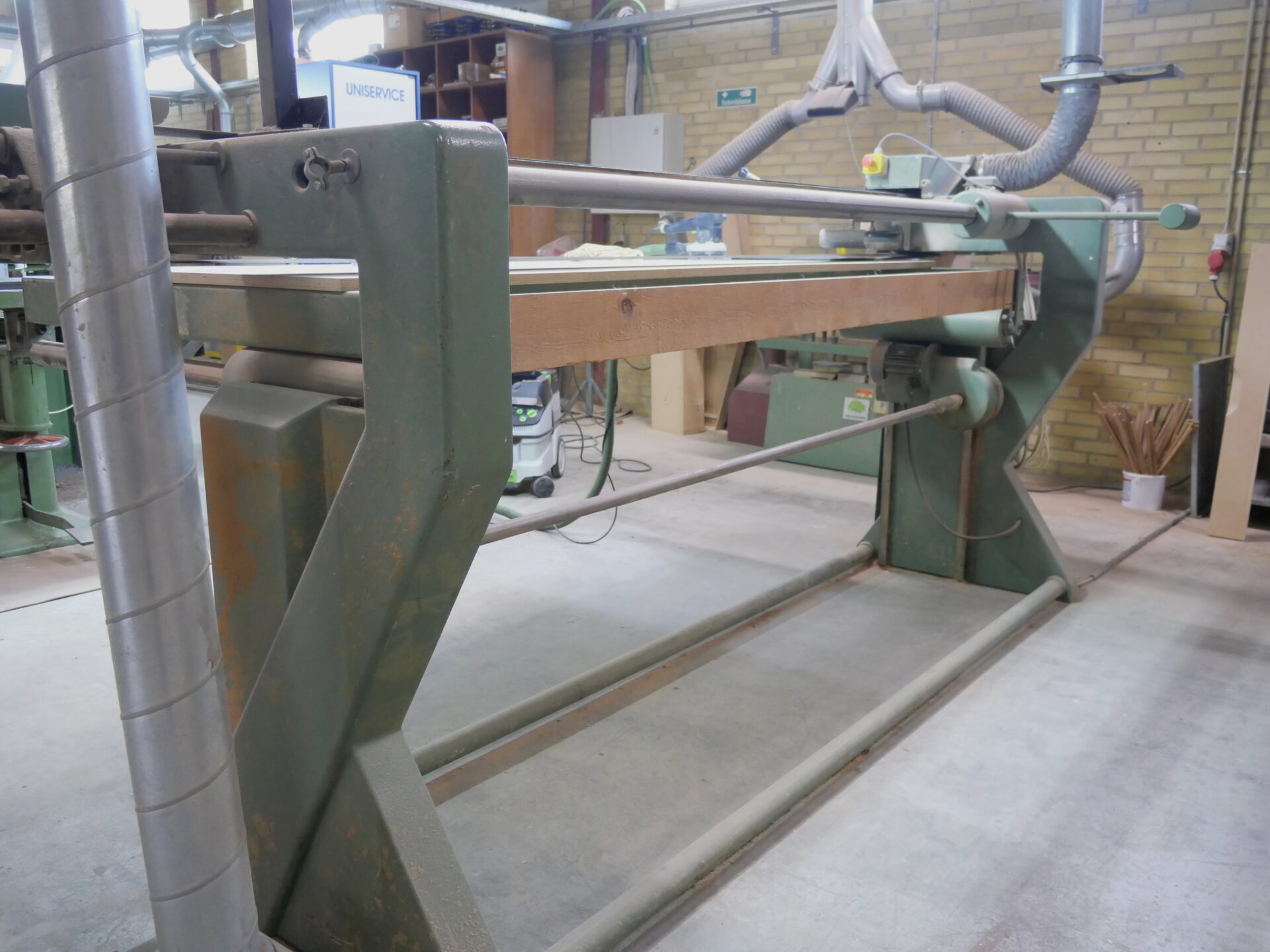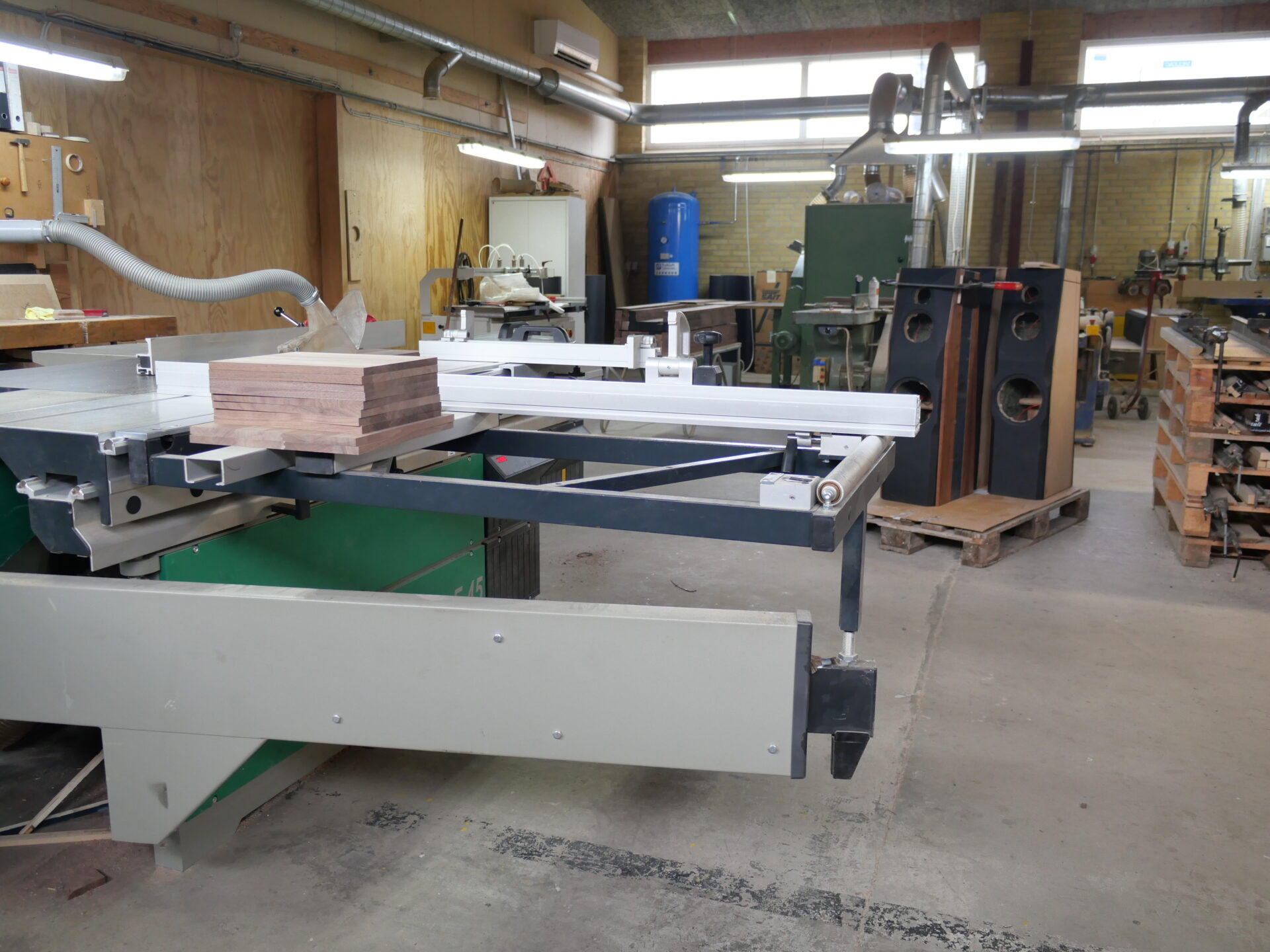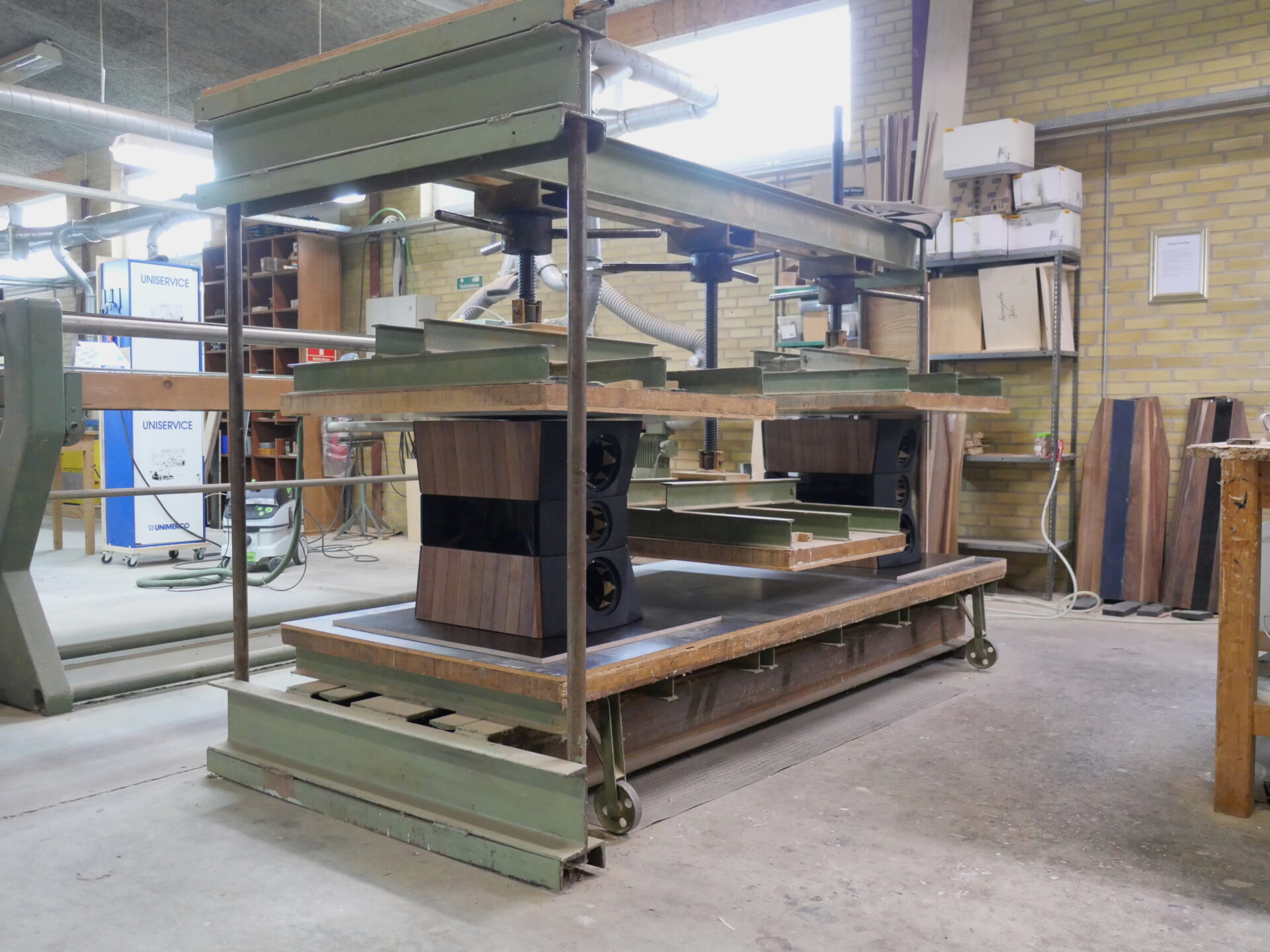Visiting the new team at Peak Consult
By Roy Gregory

These days it seems that – whether you are a manufacturer or high-end customer – you are nobody unless your latest speaker is built into a curvaceous carbon-fibre monocoque, hewn from billet aluminium or proffers a set of acronyms for reconstituted wood fibre that reads like alphabet soup. Yet for every sumptuously sculpted Magico M7, there’s a Clarisys – ghost of Apogees past mounting a new assault on the state-of-the-art: for every painfully stylish Estalon there’s a reincarnated Tannoy dual-concentric, proudly proclaiming its heritage and DNA: for every V-version of a Wilson, there’s Diptyque, nonchalantly making a step-change in planar-magnetic technology and sound quality. It’s well to remember that, audio is a world in which ‘new’ cannot simply be translated as ‘better’ and we take as many (or more) steps sideways or backwards as we do forwards. There are many adages that apply to high-end hi-fi (including, with show season upon us, the ever popular, “The more expensive a system is, the worse it can sound!”) but as both reviewer and listener, the one I find most useful is, “It ain’t what you use, it’s the way that you use it – that’s what gets results…”
Like the examples cited above, incremental development of proven approaches often yields results that are both more predictable and equal in performance to the revolutionary leaps in materials science we so often see cited in the ad copy and marketing materials. Recent experience with the Peak Consult Sinfonia <https://gy8.eu/review/leaning-in/>, a speaker that can kindly be described as traditional in approach, less kindly as old-fashioned, is the perfect case in point. Outwardly almost wilfully devoid of the latest, high-tech, high-fashion drivers and cabinet materials, it quietly turned in a musical performance that handily bettered the established benchmarks, benchmarks that shout louder and cost rather more. Score one for slow and steady, with ‘gradual’ being the order of the day. Of course, when it comes to incremental development, increments can vary, as can the rate of evolution…
The Peak Consult story started 28 years ago, when an audiophile and carpenter by the name of Per Kristoffersen took one look at the chipboard cabinets of his beloved loudspeakers and felt confident he could produce something considerably better. It’s not such a bad place to start. Before long he was making cabinets for friends and inevitably, started tinkering with his own designs – not without some significant commercial success. We refer to speaker systems for a reason and starting out by replacing just one part of the driver/crossover/cabinet matrix left him with a healthy respect for just how much contribution a cabinet makes, and which parts of it contribute most.
Take a look at a Peak Consult speaker and it would be easy to assume that the carcass at least is formed from ‘planks’ of solid wood in a similar way to the early Sonus Faber designs. Nothing could be further from the reality. Fast forward through two decades of experimentation, trials involving not just different materials but different combinations of materials and the Peak ‘recipe’ had started to settle down to a well-defined approach, whose materials of choice are laminated 12mm HDF, clad in strips of solid hardwood, bonded into slabs. But the materials choice is only the starting point, with a whole range of different glues used to achieve different results at different points in the cabinet’s structure.




